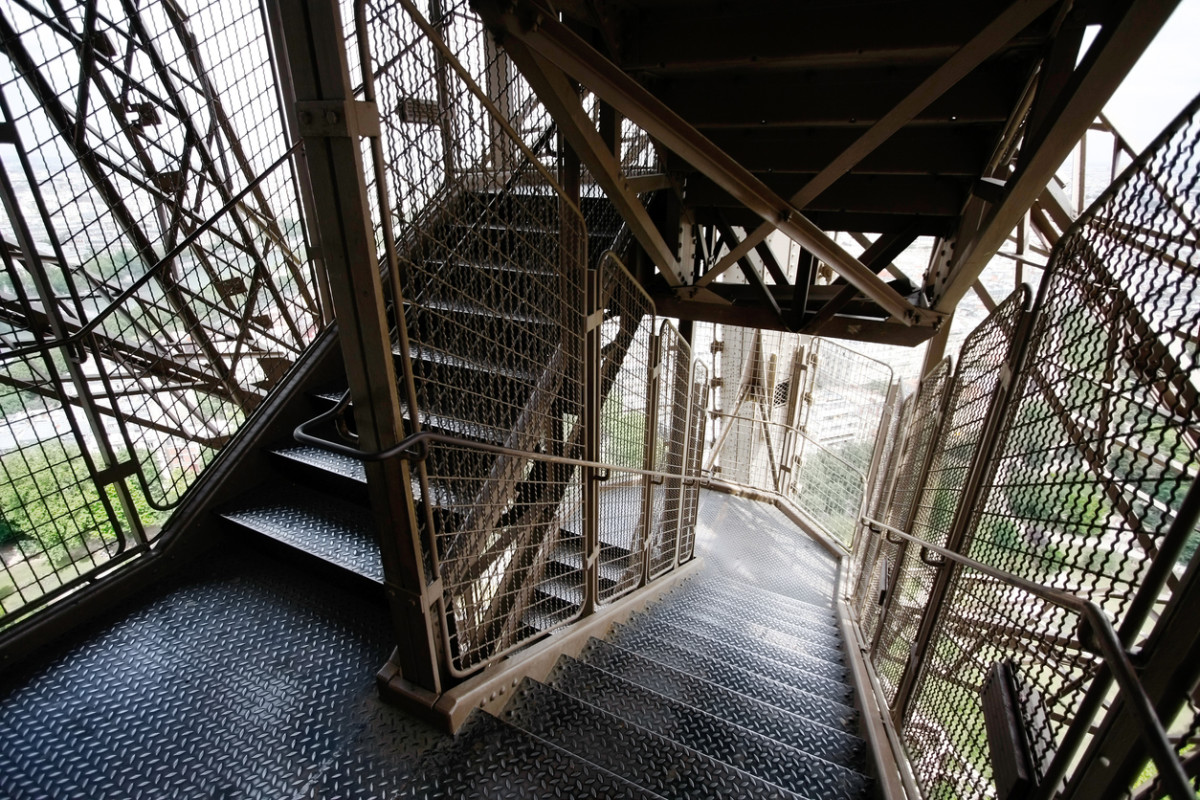

Articles
How Many Stairs In The Eiffel Tower
Modified: December 7, 2023
Discover interesting articles about the Eiffel Tower and find out how many stairs the iconic landmark has. Explore the history and architecture of this world-famous attraction.
(Many of the links in this article redirect to a specific reviewed product. Your purchase of these products through affiliate links helps to generate commission for Storables.com, at no extra cost. Learn more)
Introduction
Welcome to the magnificent world of the Eiffel Tower! As one of the most iconic landmarks in the world, this monumental structure stands as a testament to human ingenuity and architectural brilliance. With its captivating beauty and rich history, the Eiffel Tower continues to attract millions of visitors from around the globe.
In this article, we will delve into the fascinating details of this extraordinary engineering marvel, particularly focusing on the number of stairs in the Eiffel Tower. Join us as we uncover the secrets nestled within the iron lattice frames of this awe-inspiring monument.
Before we dive into the specifics, let’s take a step back and explore the history of the Eiffel Tower.
Key Takeaways:
- The Eiffel Tower boasts 1,665 steps, offering a unique climbing experience for adventurous visitors, with breathtaking views and a sense of accomplishment at each level.
- With over 250 million visitors since 1889, the Eiffel Tower stands as a timeless symbol of human achievement, captivating hearts with its fascinating history and enchanting fun facts.
History of the Eiffel Tower
The Eiffel Tower, also known as La Tour Eiffel in French, was erected in the late 19th century as the centerpiece for the 1889 Exposition Universelle (World’s Fair) held in Paris, France. Designed by Gustave Eiffel and his team of engineers, the tower was initially met with mixed reactions from the public.
Construction of the Eiffel Tower began in January 1887 and was completed in just over two years, on March 15, 1889. The tower was named after its chief architect Gustave Eiffel, who was renowned for his expertise in metal structures. With a height of 324 meters (1,063 feet), the tower held the record for being the tallest man-made structure for over 40 years.
Originally, the Eiffel Tower was intended to be a temporary installation for the World’s Fair. However, its unique design and the outstanding views it offered quickly made it a beloved symbol of Paris and a major tourist attraction. As a result, plans to dismantle the tower were abandoned, and it has stood tall ever since.
Now that we have a basic understanding of the tower’s history, let’s delve into its construction and design.
Construction and Design
The construction of the Eiffel Tower was an ambitious undertaking, requiring innovative engineering techniques and meticulous planning. Gustave Eiffel, along with his team of engineers Maurice Koechlin and Émile Nouguier, designed the tower with a lattice-like structure made of iron. This design not only provided structural stability but also enabled a significant reduction in the weight of the tower.
Using over 18,000 individual iron pieces and approximately 2.5 million rivets, the Eiffel Tower was assembled with remarkable precision. The base of the tower is shaped like a square and gradually tapers towards the top in a pyramidal fashion. It consists of four gracefully arched legs that converge at a single point, creating a sense of elegance and grandeur.
The tower is divided into three levels, each offering breathtaking views of Paris. At the first level, visitors can explore various exhibits and enjoy a meal at one of the restaurants. The second level provides an even higher vantage point, while the third and topmost level offers unparalleled panoramic views of the city.
The open iron lattice design of the Eiffel Tower not only provides a strong structural framework but also allows for natural ventilation and resistance to wind pressures. This unique design feature has contributed to the tower’s longevity, as it has withstood the test of time and weathered numerous storms and harsh conditions.
Now that we have explored the construction and design of the Eiffel Tower, let’s move on to the intriguing question of how many stairs are contained within this architectural marvel.
Number of Stairs in the Eiffel Tower
If you’ve ever wondered how many stairs there are in the Eiffel Tower, you might be surprised to learn that there are actually multiple staircases within the tower. In total, there are 1,665 steps that lead to the top of the Eiffel Tower.
Now, before you think about tackling this daunting number of steps, it’s important to note that only a portion of these steps are accessible to the public. The majority of visitors to the Eiffel Tower use the elevators, which can transport them to each level with ease.
However, if you’re feeling adventurous and want to experience the tower from a different perspective, you can choose to climb the stairs. The Eiffel Tower offers stair access to the first and second levels, allowing you to immerse yourself in the architectural details and embrace the sense of accomplishment as you ascend.
To reach the first level, you’ll need to climb 330 steps. From there, if you wish to continue to the second level, another 340 steps await you. The stairs are relatively narrow, and depending on the time of year and the number of visitors, they can become quite congested. So be prepared for some waiting and patience along the way.
While the staircases in the Eiffel Tower may not be suitable for everyone, they provide a unique opportunity to experience the tower in a more intimate and personal manner. Plus, you’ll have the satisfaction of conquering a significant number of steps and being rewarded with breathtaking views of the City of Lights.
Now that you know the number of stairs in the Eiffel Tower, let’s explore the accessibility and visitor experience at this iconic landmark.
The Eiffel Tower has 1665 steps to the top, but visitors are only allowed to climb the stairs to the second floor, which has 674 steps.
Accessibility and Visitors
The Eiffel Tower is a popular tourist destination, attracting millions of visitors each year. To cater to the diverse needs of these visitors, the tower has made efforts to ensure accessibility for all.
For individuals with mobility issues or those who prefer not to climb the stairs, elevators are available to transport visitors to each level of the tower. These elevators are equipped with ramps or platforms to accommodate individuals using wheelchairs or mobility aids. It’s important to note that due to the limited capacity of the elevators, there may be wait times, especially during peak tourist seasons.
If you plan to visit the Eiffel Tower, it is recommended to book your tickets in advance to secure your preferred time slot. This will help minimize waiting times and ensure a smoother visitor experience. Additionally, there are designated ticket counters for seniors and individuals with disabilities, providing them with priority service.
Once inside the tower, there are various amenities and facilities available to enhance the visitor experience. The first and second levels of the tower feature restaurants, cafes, and gift shops, allowing visitors to enjoy a meal or browse through souvenirs. These areas provide a perfect opportunity to take a break from exploring and indulge in some delicious French cuisine.
Visiting the Eiffel Tower during different times of the day can offer varying experiences. During the day, you can admire the panoramic views of Paris, including famous landmarks such as the Arc de Triomphe and the Louvre Museum. As night falls, the tower illuminates with thousands of lights, creating a magical atmosphere. The hourly light show, where the entire tower sparkles for a few minutes, is truly a sight to behold.
Whether you choose to take the stairs or use the elevators, visiting the Eiffel Tower is an unforgettable experience that allows you to appreciate the beauty of Paris from a bird’s-eye view. So make sure to include this iconic landmark in your travel itinerary!
In the next section, we will delve into the maintenance and upkeep of the Eiffel Tower.
Read also: 8 Incredible Eiffel Tower Vase for 2025
Maintenance and Upkeep
As an architectural masterpiece, the Eiffel Tower requires regular maintenance and upkeep to ensure its structural integrity and safety for visitors. Given its exposed location and open design, the tower is susceptible to various weather conditions and environmental factors.
The maintenance of the Eiffel Tower is a continuous process that involves a dedicated team of engineers, technicians, and artisans. Regular inspections are conducted to identify any signs of wear, corrosion, or damage. These inspections help to detect and address potential issues before they escalate.
To protect the iron framework from corrosion, the Eiffel Tower undergoes periodic painting. The entire structure is repainted every seven years, and the process requires about 60 tons of paint. The paint not only gives the tower its classic brown color but also acts as a protective coating against the elements.
In addition to painting, other maintenance tasks include replacing worn-out components, cleaning delicate parts, and ensuring the smooth operation of elevators and other systems. These activities require skilled professionals who are well-versed in the intricacies of working with such a unique structure.
The maintenance work on the Eiffel Tower is carried out with great precision and care to minimize disruption to visitors. Whenever possible, maintenance activities are scheduled during low-traffic periods and nighttime hours to minimize the impact on tourists.
Now that we’ve explored the maintenance and upkeep of the Eiffel Tower, let’s delve into some fun and interesting facts about this iconic landmark.
Fun Facts about the Eiffel Tower
The Eiffel Tower is not just a symbol of Paris, but it also holds a plethora of fascinating and fun facts. Let’s uncover some of the lesser-known tidbits about this world-renowned monument:
- The Eiffel Tower was originally intended to be disassembled after 20 years. However, it was saved because of its usefulness as a radio transmission tower.
- During the summer months, the Eiffel Tower grows slightly taller due to the expansion of the iron from the heat of the sun.
- More than 250 million people have visited the Eiffel Tower since its opening in 1889.
- The tower weighs approximately 10,100 tons, which is roughly the weight of 15 Airbus A380 aircraft.
- There are 20,000 light bulbs that illuminate the tower during the night, creating a magical spectacle.
- The Eiffel Tower has been featured in numerous films, including “Midnight in Paris,” “The Devil Wears Prada,” and the James Bond movie “A View to a Kill.”
- The tower’s shape changes in cold weather due to the contraction of the iron, making it slightly shorter and narrower.
- It took over two years and a team of 250 workers to complete the construction of the Eiffel Tower.
- The Eiffel Tower has served as a backdrop for various exciting events, including an aerial stunt by a tightrope walker and the celebrations of the French World Cup victory in 1998.
- The tower is considered a masterpiece of geometry, with each of its four legs positioned at a slightly different angle to compensate for the irregularities of the terrain on which it stands.
These intriguing facts add to the allure and mystique of the Eiffel Tower, making it an even more captivating destination for visitors of all ages.
Now that we’ve explored these fun facts, let’s wrap up our journey through the Eiffel Tower.
Conclusion
The Eiffel Tower stands as an extraordinary testament to human imagination, engineering prowess, and architectural brilliance. Its towering presence and mesmerizing beauty have made it an iconic symbol not only of Paris but also of human achievement.
In this article, we embarked on a journey through the rich history, construction, and design of the Eiffel Tower. We discovered that although there are a staggering 1,665 steps hidden within the tower, only a portion of them are accessible to the public. Whether you choose to climb the stairs or take the elevator, the Eiffel Tower promises a breathtaking experience and unrivaled views of the city of Paris.
We also explored the accessibility and visitor experience, as well as the diligent maintenance and upkeep that keep this magnificent structure in pristine condition. From its periodic painting to the meticulous inspection of its components, the Eiffel Tower receives the care and attention it deserves.
And let us not forget the fascinating fun facts that add an extra layer of enchantment to the towering structure. From its original plan for dismantling to its role in films and events, the Eiffel Tower continues to captivate hearts and minds around the world.
So, whether you’ve visited the Eiffel Tower before or have it on your bucket list, it represents the epitome of human ingenuity and the sheer awe of architectural marvels. It serves as a reminder that dreams can become reality and that the pursuit of greatness knows no bounds.
So, the next time you find yourself in Paris, don’t miss the opportunity to experience the majesty of the Eiffel Tower. Climb its stairs, ride its elevators, and immerse yourself in the wonder of this iconic landmark. The Eiffel Tower is waiting to leave you spellbound.
Frequently Asked Questions about How Many Stairs In The Eiffel Tower
Was this page helpful?
At Storables.com, we guarantee accurate and reliable information. Our content, validated by Expert Board Contributors, is crafted following stringent Editorial Policies. We're committed to providing you with well-researched, expert-backed insights for all your informational needs.


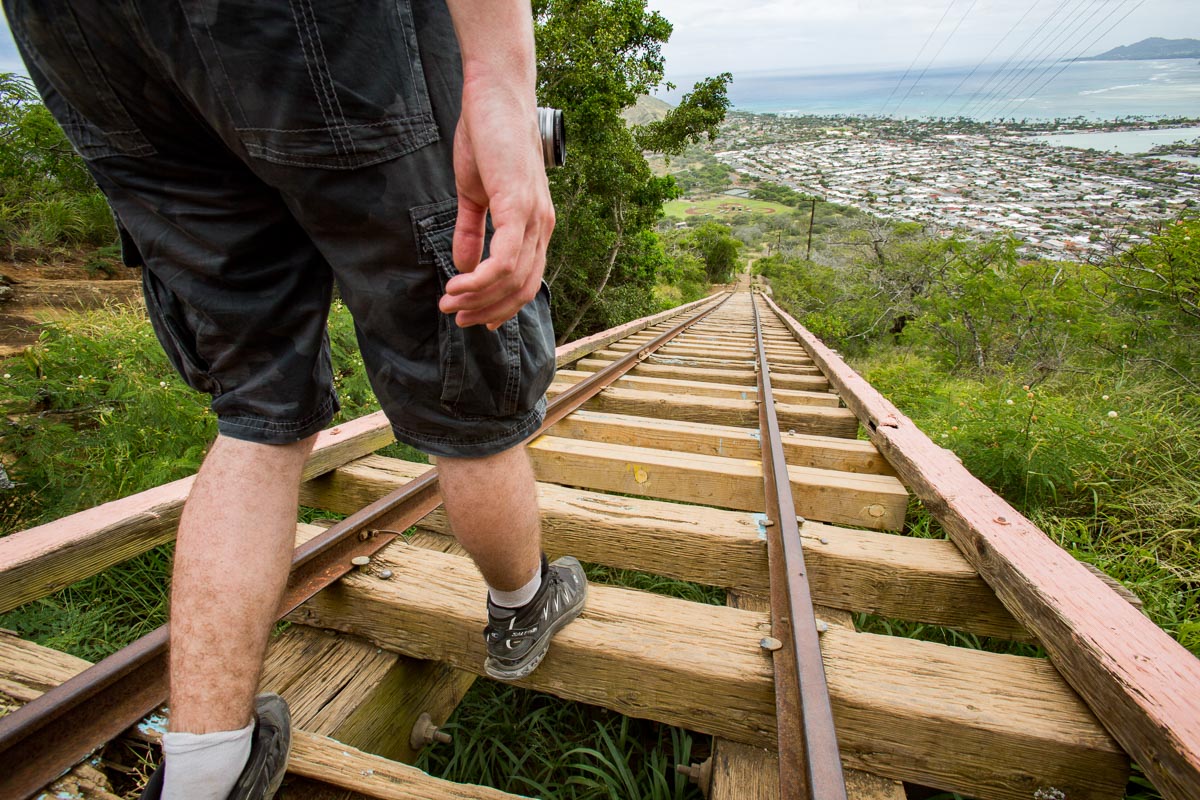



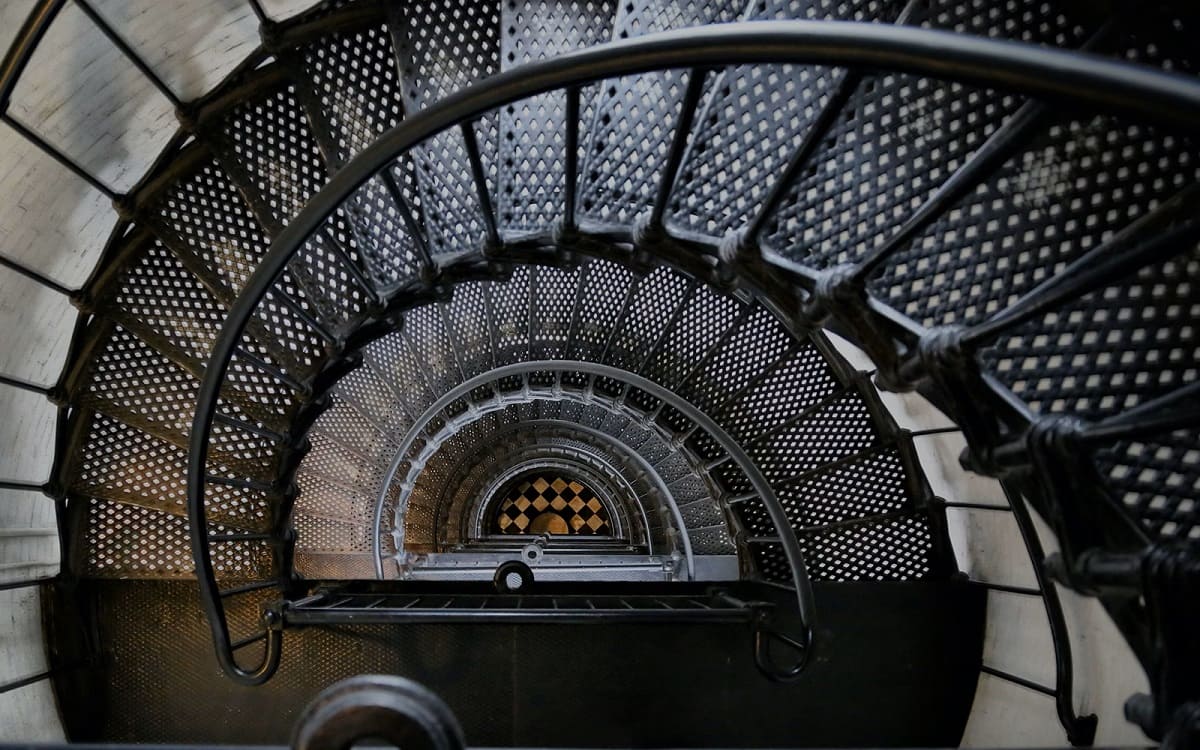


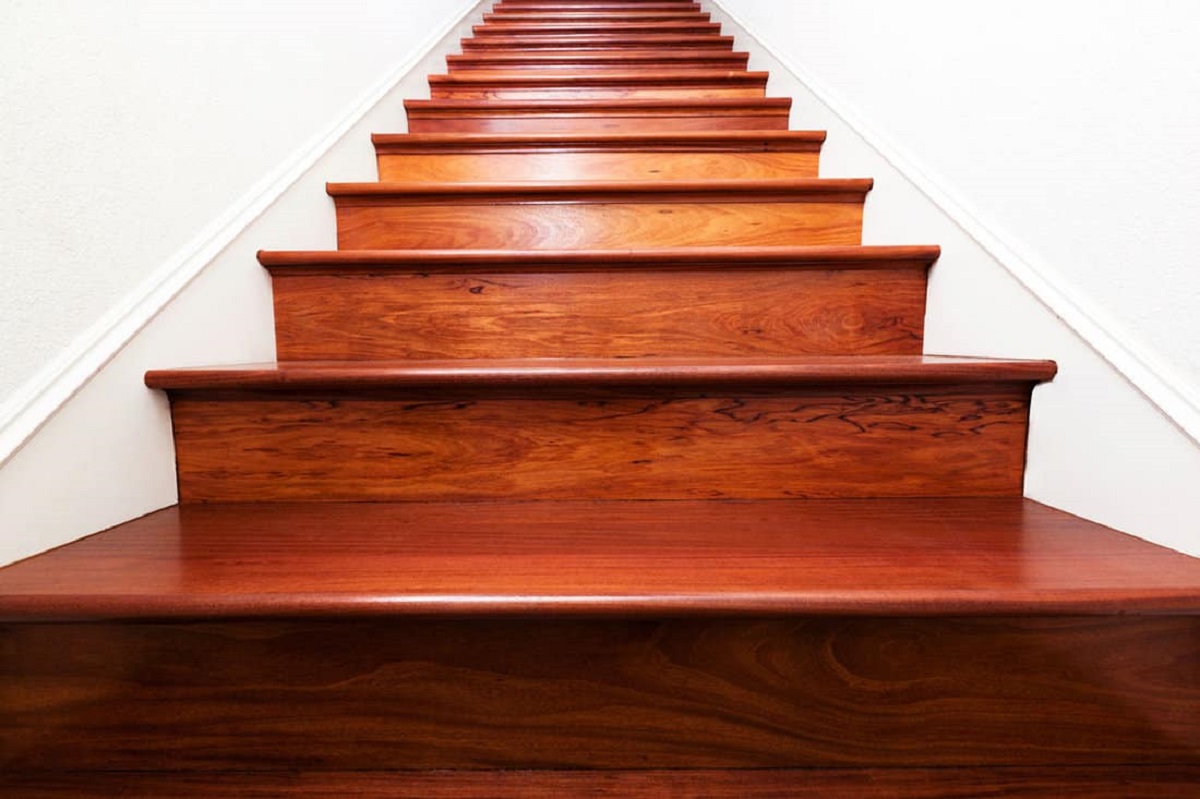
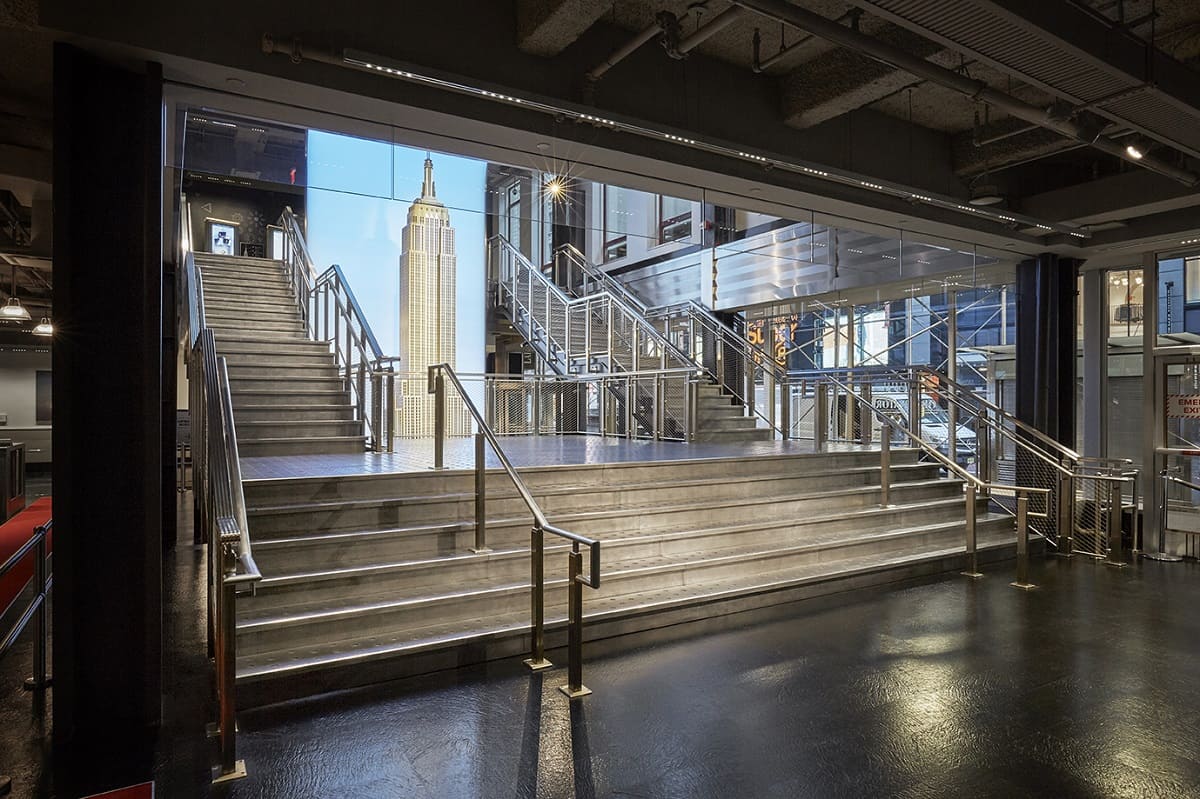

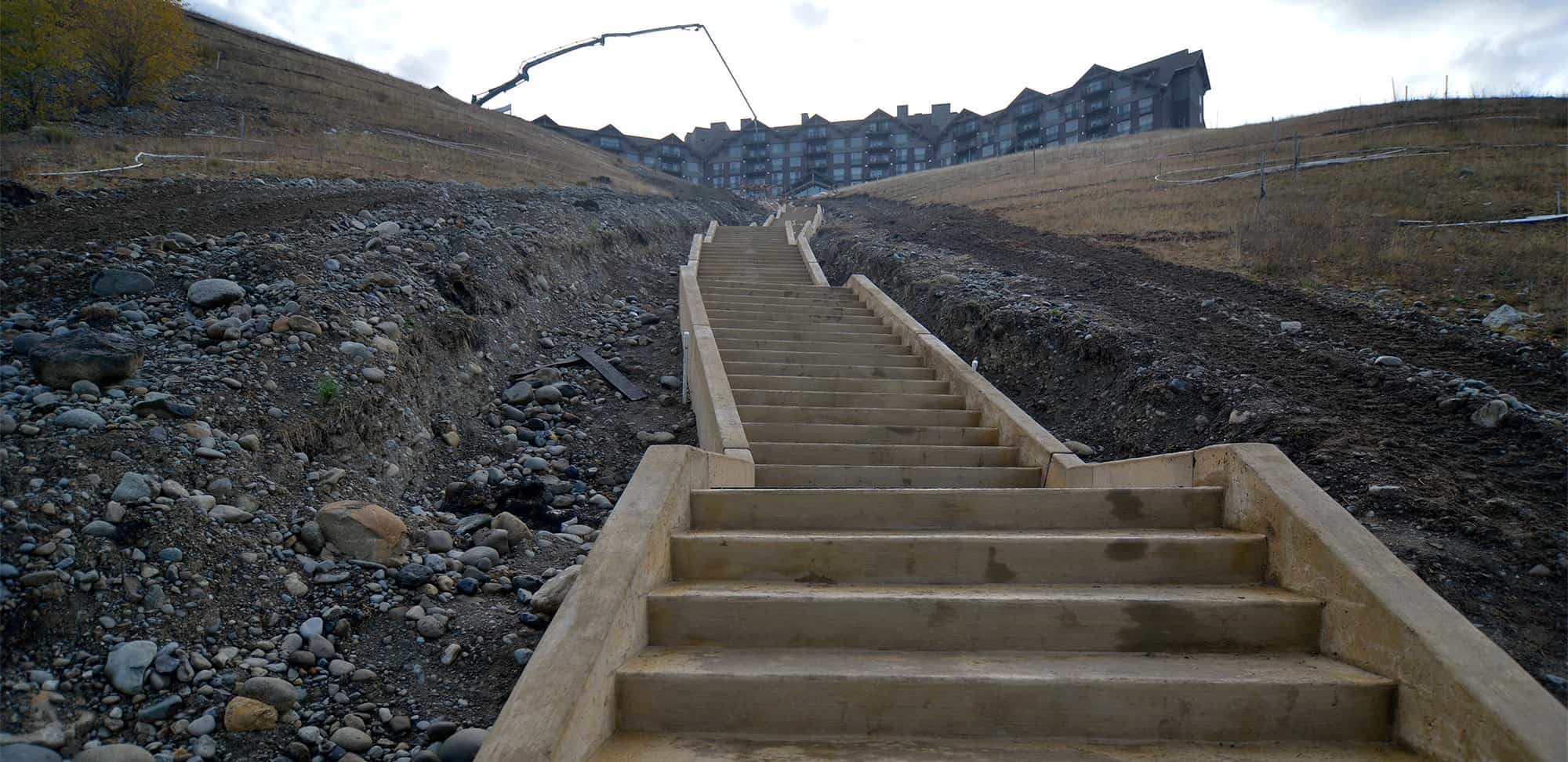
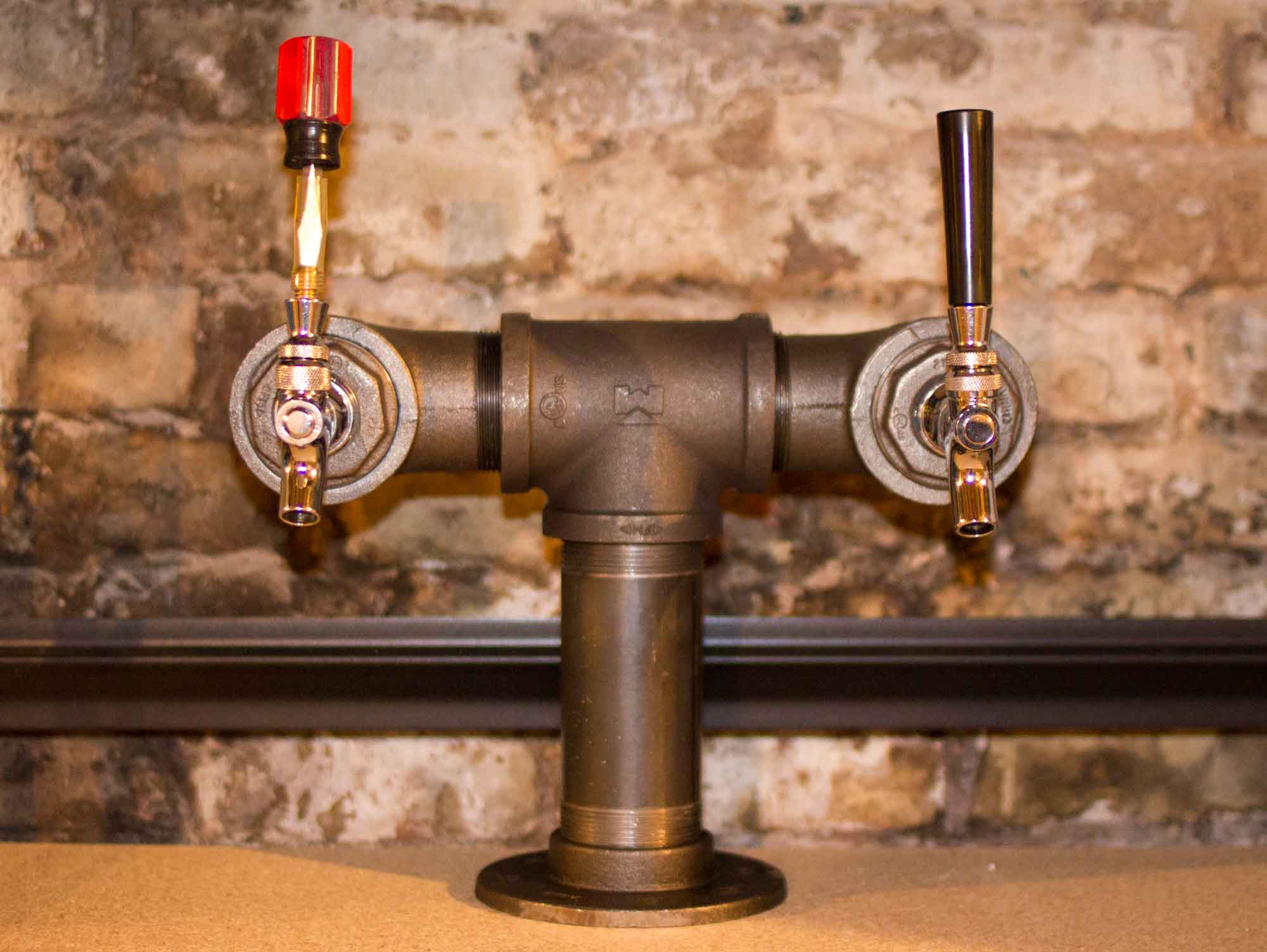

0 thoughts on “How Many Stairs In The Eiffel Tower”